We’d all love to have fiddle leaf figs, peace lilies and aloe vera plants all throughout our homes but there’s always the challenge of how to keep indoor plants alive?
If you’re like me, no matter which way I try, the plants always end up dying. More water, less water, more sunlight, less sunlight – what is the magic solution? Let’s find out!
Here are some tips on how to keep indoor plants alive:
1. Water
Are the leaves on your plant turning brown? It probably means that you’re not watering it properly. But be careful, overwatering can also cut off the air supply to the roots (root rot).
After watering, leave for a while before watering again so the plant can dry out properly to make sure you don’t overwater.
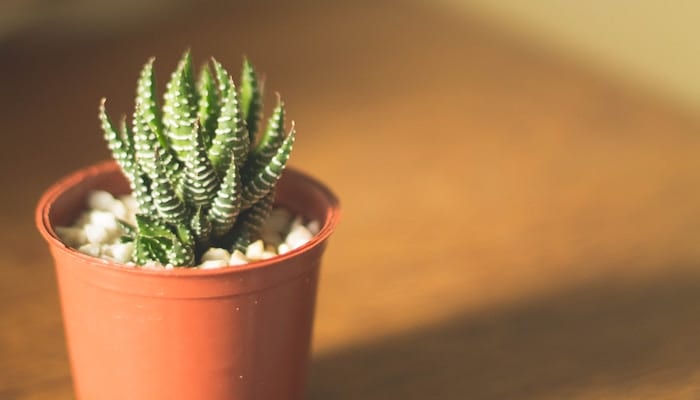
If you still don’t think you’ll be able to regularly water your plants, perhaps opt for one that doesn’t need as much water. Here are some to look at:
- Snake plant
- Cactus
- Rubber plant
- ZZ plant
- Ponytail palm tree
2. Humidity
Lack of humidity in the air can also be responsible for browning leaves because a lot of indoor plants are used to warmer conditions. So if your home is a little dry, spray your plant with some water every few days.
If you have heaters and air conditioners, many plants won’t like this either as they go from a normal zone to extreme.
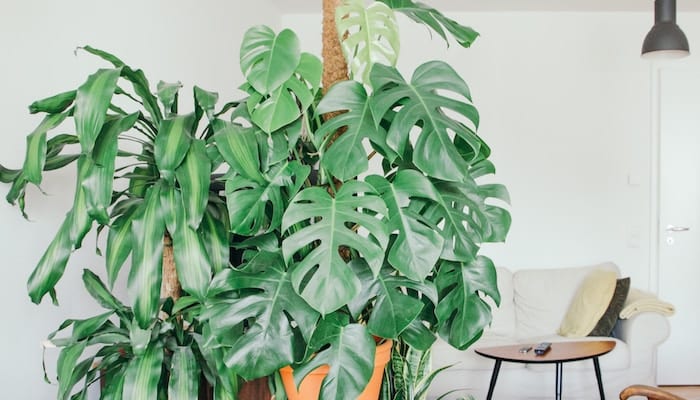
Get some more indoor gardening ideas.
3. Sunlight
The best piece of advice here is the read the label, when you go to the nursery they always tell you which plant suits which environment. If you don’t get a lot of sunlight indoors, don’t get a plant that needs constant sun.
You might be tempted to move around your plants a lot so that they get some sunlight. But don’t move them around too much because they get used to their surroundings and they might not adjust well to the new spot.
4. Fertilizer & soil
The potting mix or fertilizer you choose impacts a lot of the success of your plant because different plants need different soils.
For bigger plants, you’ll need something that’s breathable and soilless compared to succulents, which need a dryer mix that is combined with sand.
When it comes to fertilizer, just like the outdoor plants, the indoor ones need to eat too. You can get specific indoor plant food – just ask at your local nursery.
5. Repotting
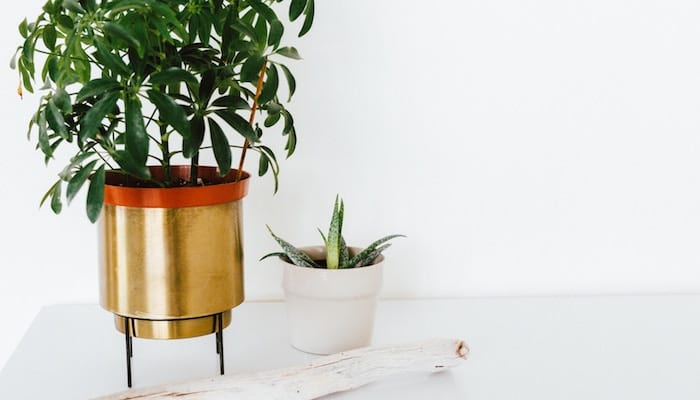
If your plant doesn’t seem to be growing it might need to be re-potted so that it has better water retention and also faster growth. To re-pot simply:
- Choose a bigger pot
- Use new potting mix in the new pot and up to 1/3 full
- Loosen the existing plant, stretch out the roots a little, and put into new pot
- Top up with some potting mix and water well
6. Cleaning & grooming
Just like everything else in your home your indoor plants will gather dust. Make sure they stay healthy by giving them a good clean every so often with some warm water and then allow them to dry in the sun.
For large-leafed plants, use a damp cloth and your hand under to support them and wipe them.
For fuzzy-leafed plants use either a soft paintbrush or toothbrush to clear any dust off the leaf.
For small plants that are young or small succulents, use your fingers to hold the dirt down and then tip upside down and place in a bowl of water.
Grooming your plants is just as important as everything else mentioned above. If there are dead leaves in the pot, remove them so that dust doesn’t gather up.


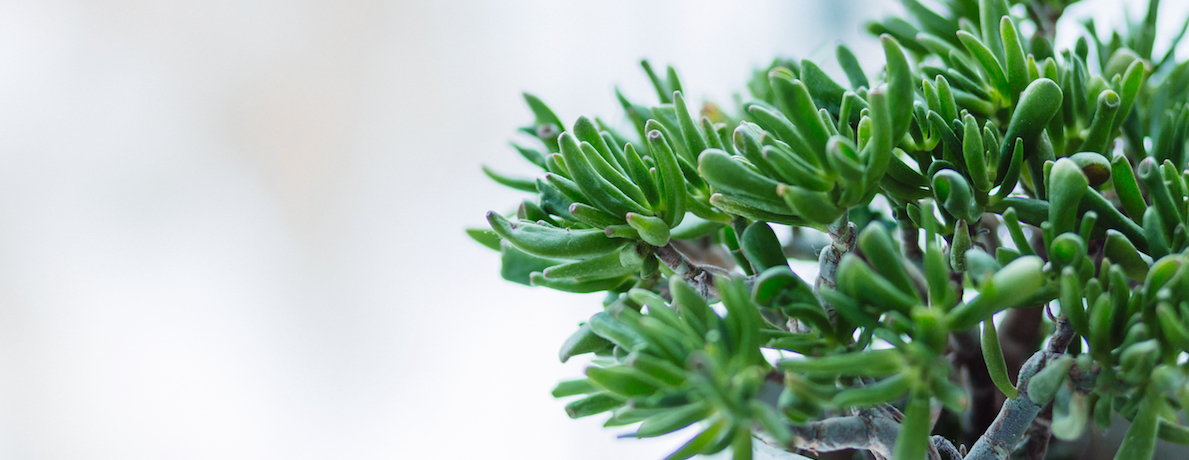
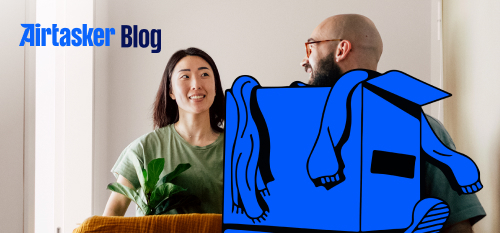
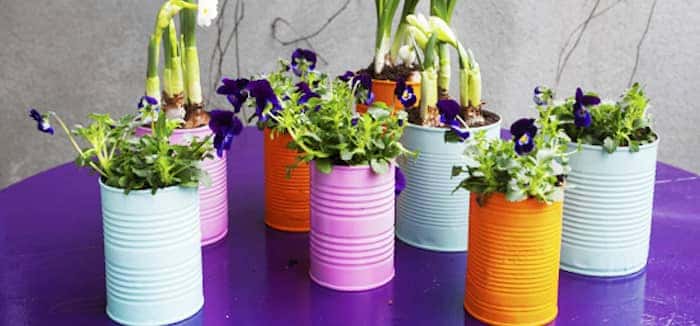


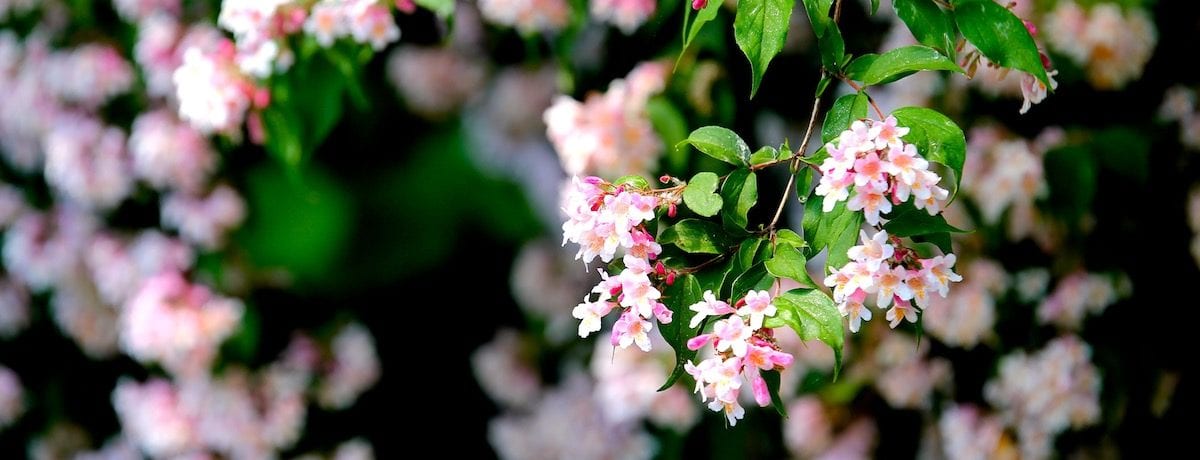
To have glossy leaves on your indoor plants (especially larger leaves and darker leaved plants) I make a solution of 1 quarter milk to 3 parts water and wipe over the top side of the leaves.